The authors of the study pulled 79 young Douglas-firs out of the ground and measured their root systems and other plant parameters (cf. Figs. 3 to 6). Their findings: the stability of young Douglas-firs suffers with increasing canopy cover or rising pressure from competitors. This is because of the negative effects on root development and diameter growth (unfavourable root-shoot ratios and H/D ratios).
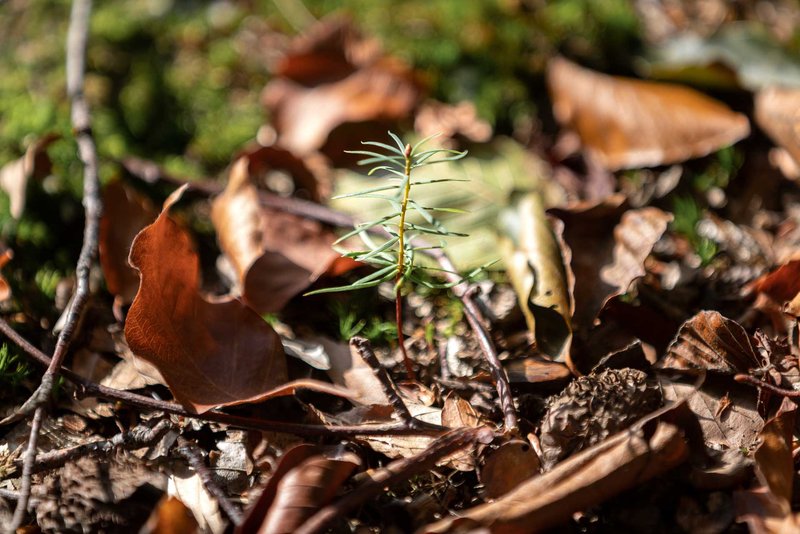
Fig. 1: In Central Europe, the Douglas-fir is able to regenerate successfully under the tree canopy. In its natural area north-west America, it usually only manages to do this on extensive clear areas. Why this is the case is not yet clear.
Photo: Torben - stock.adobe.com
The stability of individual trees is the decisive parameter in forestry, permitting the planning and long-term achievement of operational goals. It is in principle undisputed that action should be taken as early as possible to stabilise and extend the growing space of conifers growing on open spaces. With regeneration under the tree canopy, on the other hand, there are still unanswered questions.
Do Douglas-firs overshadowed by the tree canopy have problems with stability?
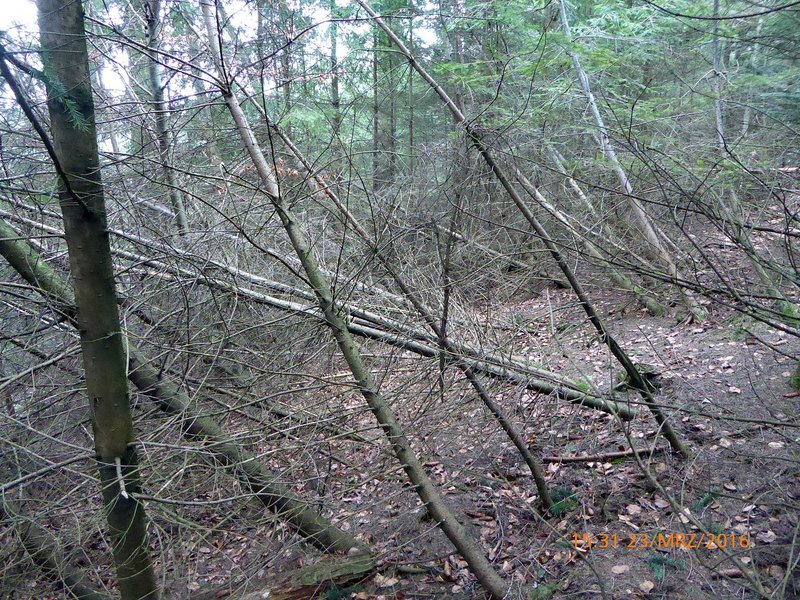
Fig. 2: Damage caused by snowpressure on naturally regenerated Douglas-fir trees growing in large numbers under the tree canopy.
This is also true for the Douglas-fir(Pseudotsuga menziesii Mirb. (Franko)). Given the long cultivation history of this species and its increasing share of forest areas, as well as its rapid growth, valuable timber and favourable prognoses in times of climate change, the question of how to deal with it and its regeneration in silvicultural terms is becoming increasingly important. In its natural distribution area in north-west America, the Douglas-fir usually only has a high regeneration potential on extensive clear areas. In Central Europe, on the other hand, it can obviously also regenerate successfully under tree canopy - for reasons that have not yet been conclusively explained. However, there are increasing reports from foresters and scientists of problems with stability (cf . Fig. 2). This study thus investigates the stability development of Douglas-firs under the tree canopy. For this purpose, the following questions were investigated in suitable stands with Douglas-fir natural regeneration:
- How do measurable plant parameters such as height or diameter relate to the stability of the Douglas-firs?
- How do canopy cover and (lateral) pressure from competitors affect the development and stability of the Douglas-firs?
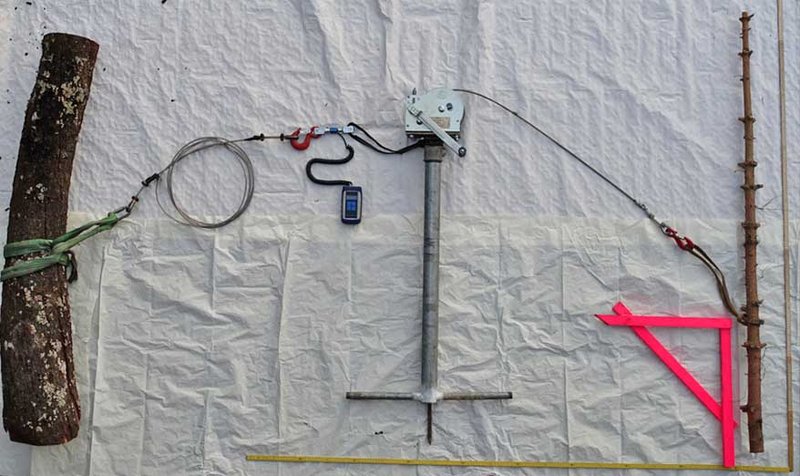
Fig. 3: Experimental set-up for measuring the stability of the young trees.
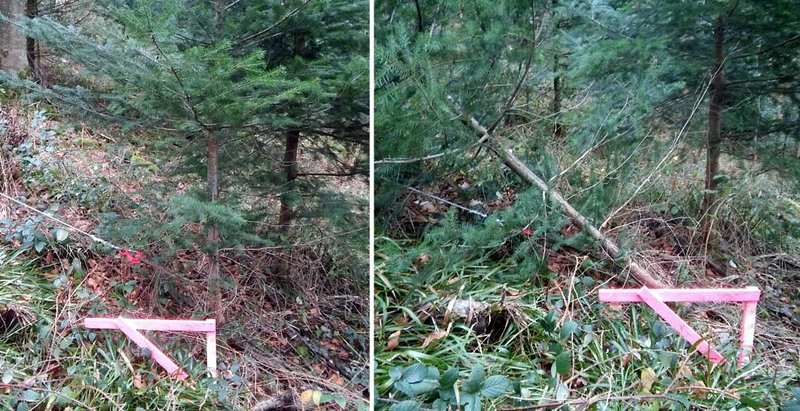
Fig. 4: A Douglas-fir is pulled over in the study.
The stability of young Douglas-firs can be controlled through silvicultural intervention
The study found that both the degree of competition among the regeneration, and the canopy cover provided by the old stock in the stand had an influence on the development of Douglas-fir regeneration growing under the tree canopy. The adverse effects on the development of the plants’ shoots, root systems and stability were considerable, although the ways in which the two factors had an impact differed:
Competition hinders diameter development directly. At the same height, the H/D ratios of Douglas-firs subject to higher levels of competition thus quickly reach ranges that in spruce, for example, would indicate a considerable risk of snow breakage due to insufficient stem stability. Furthermore, increasing competition also hinders the development of the root system. This is associated with a measurable, significantly reduced stability of the young plants.
By contrast, the degree of canopy cover mainly affects height growth. There are indications that young Douglas-firs do not only reach their height growth potential when fully exposed to the light on open areas, but that a satisfactory level of height growth can also be reached under a (sparse) canopy. In principle, although there are correlations between the canopy cover and the development of diameter, root system and stability, competition correlates more closely with these parameters. The influence of competition is much stronger.
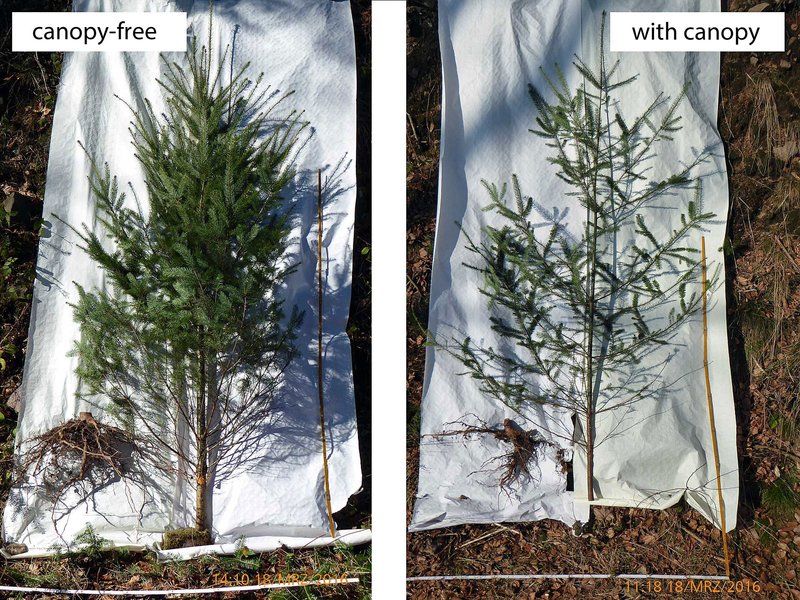
Fig. 5: Comparison of representative trees from the study.
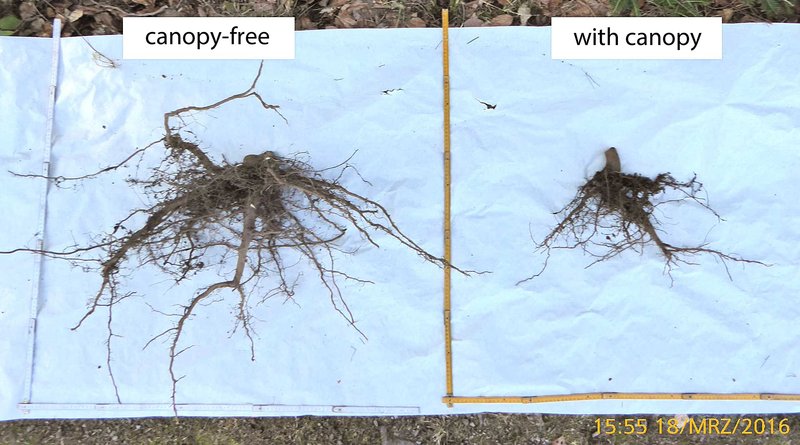
Fig. 6: Comparison of representative root systems.
Silvicultural recommendation: Make sure you reduce the competition for Douglas-firs under canopy!
The results of the study suggest the following consequences for the silvicultural management of Douglas-fir natural regeneration under canopy:
- If silvicultural measures are not necessary for other reasons (e.g. stand is not yet mature enough), longer periods of dense canopy cover should be avoided to prevent the height development of the regeneration being impaired unnecessarily.
- In the early development phases studied (up to a height of approx. 4 m), it is obviously possible to attain satisfactory height growth of the regeneration despite sparse (to moderate) canopy cover. The extent to which the light requirements of the regeneration may then increase with increasing height development still needs to be examined in detail.
- For the shoot-diameter ratios, the root, and the stability of Douglas-fir natural regeneration to develop satisfactorily - even under the canopy - the key silvicultural measure is to reduce competition by increasing the growing space of the young trees. Extensive trials have been conducted on growing space for Douglas-firs. These indicate an optimum standing space at early development stages (around 5 m in height) of 2.5 m to 3 m between trees. This is also the spacing recommended for spruce natural regeneration on open areas.
- It is also important to ensure adequate root development of young Douglas-firs growing under the canopy, because there is currently nothing to suggest that a shift in the shoot-root ratios to the detriment of the root system development will improve again within a reasonable period of time (around 10 years) once the canopy is removed.
Summary
To put it simply: if canopy cover cannot be avoided, young Douglas-firs should not additionally be hampered by competition. This requires the creation of sufficient growing space for the young trees by consistently clearing the space around the Douglas-firs in the regeneration - the removal of competitors alone is by no means sufficient under the canopy.
- The work was funded by the Federal Ministry of Food and Agriculture as part of the research project "Increasing area productivity and value creation in beech forests" (Fachagentur Nachwachsende Rohstoffe, funding code 370-220-225-14).
